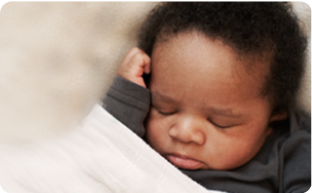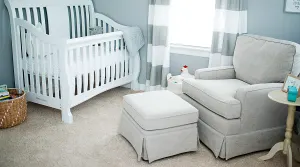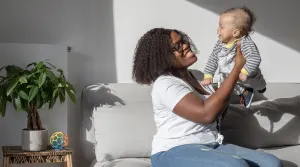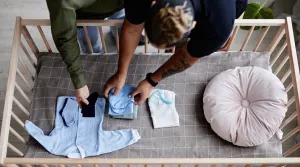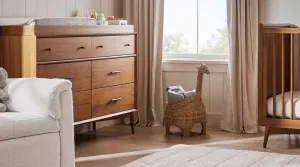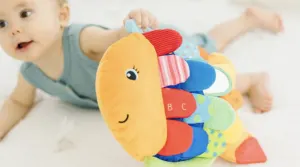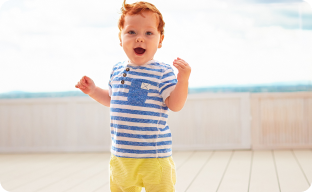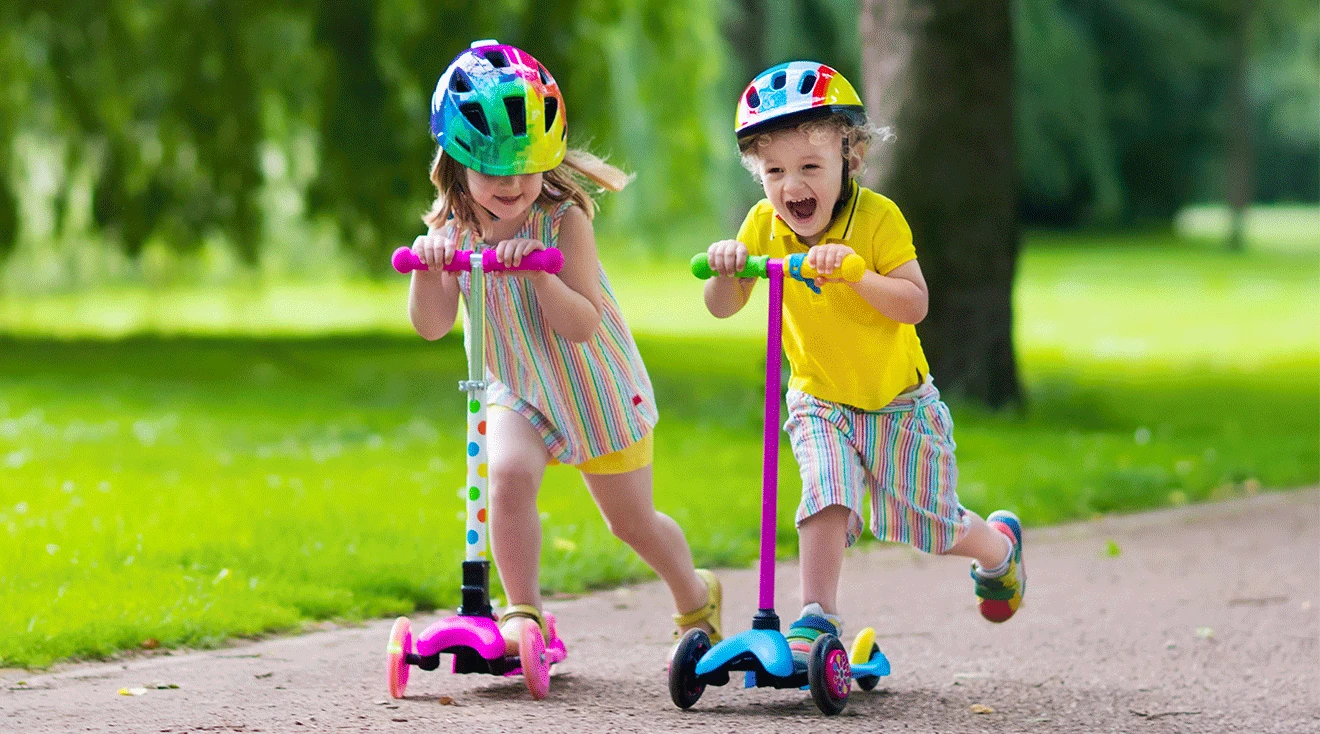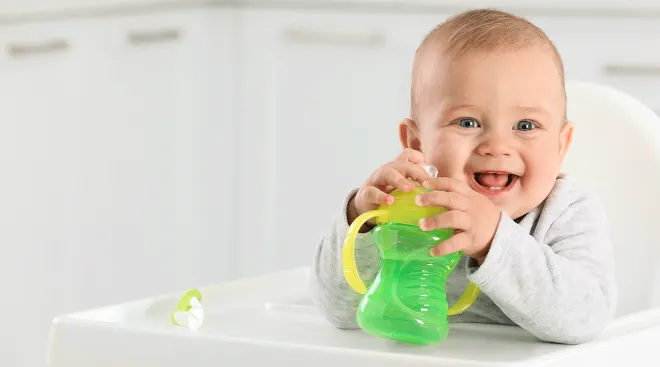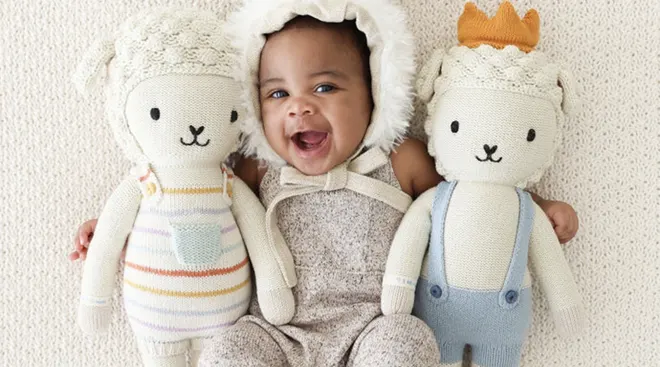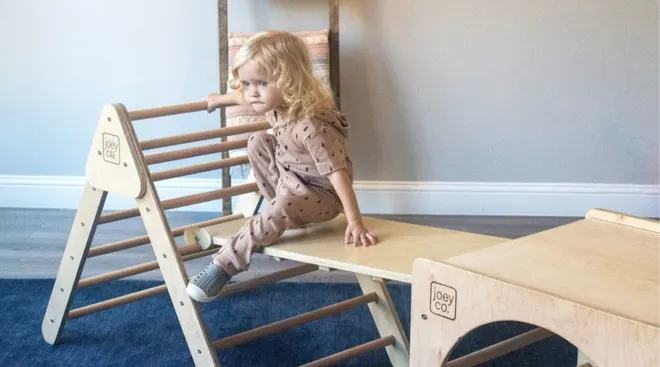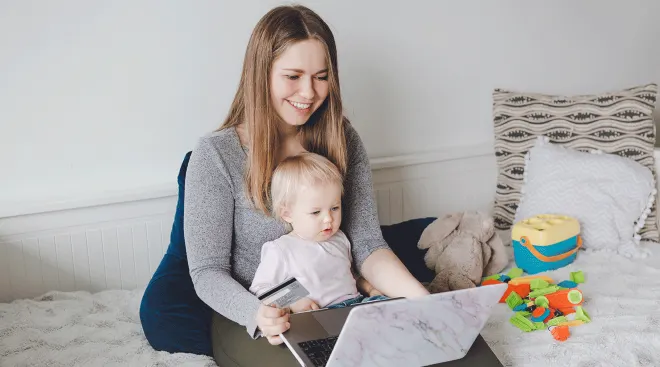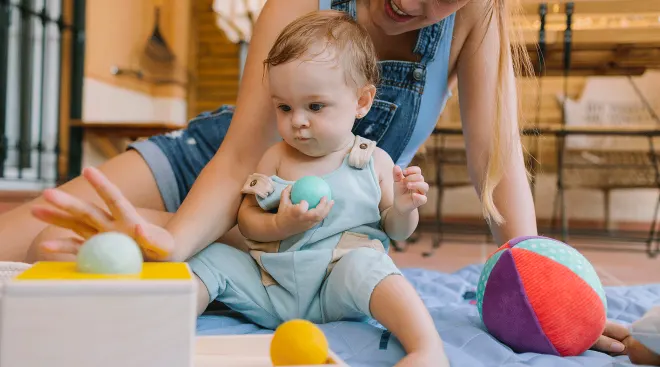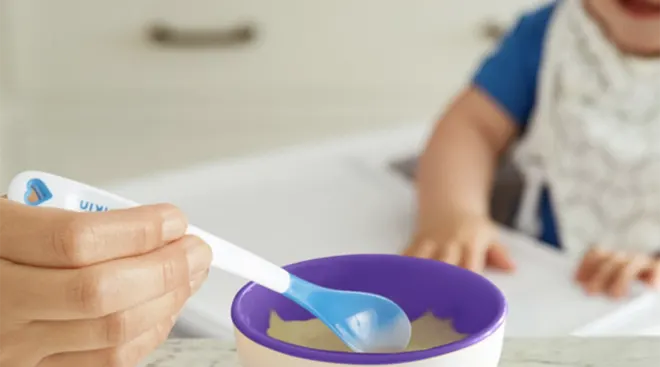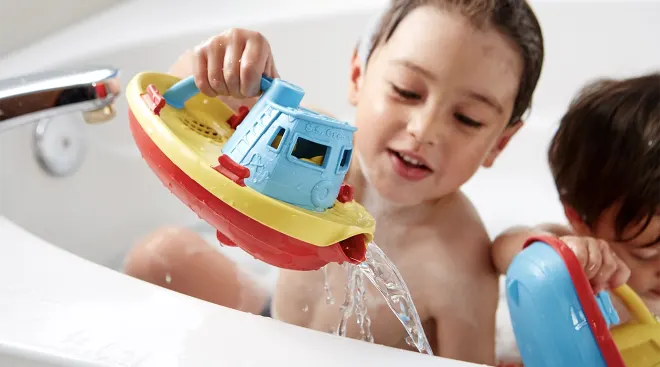Searching for activities to tire out an energetic tot? Here’s an idea: Head outside, pop them a toddler scooter and watch them whiz around. Scooters (as well as bikes and tricycles help kids develop strength, mobility and coordination skills—plus, they offer a fun way to get from A to B!
Generally, children 2 years old and up can learn to ride a toddler scooter, but there are also options with a transition seat that are designed for kids as young as one—making scooters an awesome option for toddlers of any age. The best toddler scooters are durable, adjustable, lightweight and, most importantly, safe. Need a little help to kickstart your search? Browse our pick of the best scooters for little girls and boys, then check out expert safety tips for a safe ride.
We get it—choosing playthings for your tot isn’t always all fun and games. To help you find the best toddler scooter for your little one, we did the bulk of the research for you, so you don’t have to spend hours scrolling through online retailers. Here are the steps we took to create this article:
- We interviewed an occupational therapist to understand essential features and safety considerations to keep top of mind when you’re shopping.
- Across May 2023 and September 2024, we surveyed over 650 members of The Bump community. We asked this sample of new parents to rate the toddler scooters they’ve used and comment on their overall experience. We then used this data to inform our product choices.
- We consulted safety recommendations outlined by the American Academy of Pediatrics (AAP) for additional guidance.
- Because every family’s experience is different, we scoured forums and message boards and read user reviews to find out how these toddler scooters performed for parents across the country.
- We considered several factors when choosing scooters, such as quality and durability, value, weight limit, dimensions and, of course, safety.
Interested in learning more about our editorial process? Read about how our team develops and reviews all articles here.
Overall best toddler scooter
- Adjustable handlebar
- All parts are replaceable
- Light-up wheels
- High price point
- This version doesn’t fold
When we asked parents which toddler scooter brands they recommend, most people said that Micro Kickboard was their top choice. The brand has a convertible scooter for one-year-olds, as well as this classic three-wheeler built for a slightly older age set. While it’s designed for children over the age of 2, mom of two Meaghan bought her son a Micro Mini when he was 18-months-old. “At first he just walked around with it and watched older kids play with theirs but as he got closer to age 2 he really started to figure it out and now he's cruising,” says Meaghan who added that her son can now scoot so fast that her husband bought a mini skateboard to keep up with him! The scooter ticks every box in terms of safety—with an easy-to-use rear brake and a toddler-friendly lean-to-steer system. Meanwhile, top-quality wheels and a flexible fiberglass deck absorb shocks, so your kiddo can enjoy a smooth ride. The T-shaped handlebar can also be adjusted by up to 8 inches, which is more than any other toddler scooter on the market. Plus, the deluxe LED version has light-up wheels that’ll delight little kids and help keep them visible on dark winter mornings.
Dimensions: 11.8" (L) x 4.3" (W) x 10.2"(H) | Weight: 4.2 lbs. | Weight limit: 75 lbs. | Age rating: 2 to 5 years old
My kids and I are huge fans of the Micro Mini scooter. At age 2 my daughter could really rip on it, thanks to the stability of the three wheels and the intuitive steering. It's a solid, durable scooter but light enough for me to carry it around and compact enough for me to store in my (large) stroller basket. It's an absolute breeze to adjust the handle bar as kids grow (no tools needed!), and the quality is outstanding—my second child is now using it and it barely shows any wear or tear. And while the LED lights are mostly just a nice-to-have, I can confirm that kids really do go wild for them!
Our community says:
Our 2-year-old son also has the Micro Mini Scooter, which he got for his second birthday. We like that it has three wheels and helps him balance. – Laura B., mom of two
It’s easy to use, kid-friendly, and not too heavy. – Rachel, mom of one and The Bump survey respondent
It fits my toddler nicely. The ride is smooth [and] he can maneuver easily. – Syreta, mom of one and The Bump survey respondent
Best scooter for beginners
- Affordable price point
- Turning radius makes it easy to steer
- Extra-wide deck helps with balance
- Lower weight capacity than other models
- Parents wish it was foldable
Next up on our list is the best toddler scooter for speedy kiddos. Beginner riders will be off to a flying start with this pick from Radio Flyer. The three-wheel toddler scooter boasts a specially designed turning radius that provides additional safety without compromising on mobility and has a foot brake for added control. Mom of one Kaycee, bought this scooter for her 2-year-old son and said although he is still learning to ride, the three wheel design “is stable and won’t flip him,” which gives her peace of mind. But the real standout feature is the extra-wide foot deck: At almost 20 inches in width, the foot bed offers extra stability while your child learns to balance. Plus, the textured deck increases traction so their feet are less likely to slip off. And with a price tag around $30, this model is a bargain to boot.
Dimensions: 27.2" (L) x 19.7" (W) x 24.2" (H) | Weight: 4.5 lbs. | Weight limit: 50 lbs. | Age rating: 2 to 5 years old
Our community says:
It’s easy to store and easy for my toddler to use. It will grow with her for a few years. – Jen, mom of one and The Bump survey respondent
I love the size, its simplicity and the wide foot bed. - Melissa, mom of one and The Bump survey respondent
Best foldable toddler scooter
- Foldable design
- Tool-less adjustments
- Functions as a ride-on, walking bike and toddler scooter
- High price point
Here’s a toddler scooter that’s ideal for families who are always on the move. The foldable design can easily be stored in your garage, the trunk of your car or even under a younger sibling’s stroller when not in use. Then, when it’s time to zoom, unfold the unique, lightweight design for endless fun. As if that wasn’t good enough, the Globber Go Up Foldable Plus Lights has three modes of use to complement your child’s developmental stage. From 15 months your little one can use it as a ride-on toy or a walking bike thanks to the detachable seat. Then, once they hit the 3 year mark, your kiddo can transition to scooter mode. It has a rear foot brake and a patented steering lock button that fixes the two front wheels in place, so that they can only move back and forth while your kid learns to ride. We’re big fans of the screwless design: All it takes is a click of a button to remove or insert the adjustable T-bar and toddler seat. Another cool feature? The LED front wheels that flash in red, green and blue.
Dimensions: 23.6" (L) x 11" (W) x 30.3" (H) | Weight: 8.9 lbs. | Weight limit: 110 lbs. | Age rating: 15 months to 7 years old
Our community says:
I like how easy our Globber is to use. It doesn’t tip over; it’s sturdy. - Margot, mom of one and The Bump survey respondent
Best affordable toddler scooter
- Affordable price point
- Wide non-slip deck
- Three adjustable heights
- Survey respondents say the plastic deck bows when heavier riders are on it
The Gotrax KS1 is around the same price point as the Radio Flyer, but it can be used up to the age of 8, offering better cost per use. Aside from the affordable $35 price tag, this toddler scooter has all the great features you would expect. Three wheels and a 5 inch non-slip deck will help your little one find their footing, and the rear brake is easy to press when they need to stop or slow down. Meanwhile, lean-to-steer technology will help develop balance and coordination from a young age. It also features LED light-up wheels for added fun factor and can be disassembled in 3 seconds flat for easy transportation and storage.
Dimensions: 22" (L) x 11" (W) x 30" (H) | Weight: 5.7 lbs. | Weight limit: 100 lbs. | Age rating: 2 to 8 years
Our community says:
It’s easy to ride and the wheels light up. - Sammie, mom of three and The Bump survey respondent
Best sit-to-stand toddler scooter
- Adjustable handlebar height
- Removable seat
- Light up wheels and deck
- Lower weight capacity than other models
Here’s another awesome convertible option: Razor Rollie DLX. It can be ridden with a seat like a tricycle or used as a traditional scooter. The comfy padded seat can be positioned at two different heights or removed entirely when your little one is ready to level up. Like many of the best toddler scooters it has a rear brake, a wide non-slip deck and robust wheels that can glide over any terrain. It also boasts lean-to-steer technology, an easily adjustable T-bar handle and automatic lights that switch on when your child starts to move.
Dimensions: 21.86" (L) x 11.42" (W) x 27.56" (H) | Weight: 6.6 lbs. | Weight limit: 44 lbs. | Age rating: 2.5 to 4 years
Our community says:
He enjoys that the wheels light up. He enjoys that he can adjust the handlebar height [and] that he can ride fast. - Haley, mom of four and The Bump survey respondent
Best adjustable toddler scooter
- Affordable
- Helps toddlers learn to balance
- Easy to use
- Survey respondent says the deck isn’t sturdy enough
Designed for growing kids, this scooter has an adjustable handlebar that can be set to four different heights—from 25 inches all the way up to 34 inches. And, if your child’s not quite ready to scoot, it also has a removable seat so they can sit down and push themselves along with their feet. Other road-ready features include a wide deck with a non-slip surface, lean-to-steer technology and three light-up wheels.
Dimensions: 21.7" (L) x 4.7" (W) x 34" (H) | Weight: 6.6 lbs. | Weight limit: 100 lbs. | Age rating: 3 to 12 years
Our community says:
My son loves the lights. Brakes are very easy to use. - Emily*, mom of two and The Bump survey respondent
Best light-up toddler scooter
- High weight capacity
- Light-up wheels and handlebar stem
- Adjustable handlebars and wide deck
- Light colors may appear differently in person
- Batteries needed
Last but not least is our pick for the best light-up toddler scooter. Not only does it have vibrant, multi-colored wheels (like a lot of models), but this scooter goes the extra mile, embellished with bright lights on the handlebar stem for added fun. Thanks to the foldable, lightweight design and stable three-wheel base, this toddler scooter will be easy for your little one to cruise independently. You’ll also appreciate the adjustable handlebar, which means your kiddo will be able to use it even after an unexpected growth spurt.
Dimensions: 22” (L) x 10” (W) x 22.5” (H) | Weight: 7 lbs. | Weight limit: 132 lbs. | Age rating: 3+ years
*Note: Some names have been changed due to privacy requests.
Toddler Scooter Comparison Chart
| Overall best toddler scooter | Best scooter for beginners | Best foldable toddler scooter | Best affordable toddler scooter | Best sit-to-stand toddler scooter | Best adjustable toddler scooter | Best light-up toddler scooter | |||
|---|---|---|---|---|---|---|---|---|---|
Overall Best  Micro Kickboard Micro Mini Deluxe LED Kids Scooter | 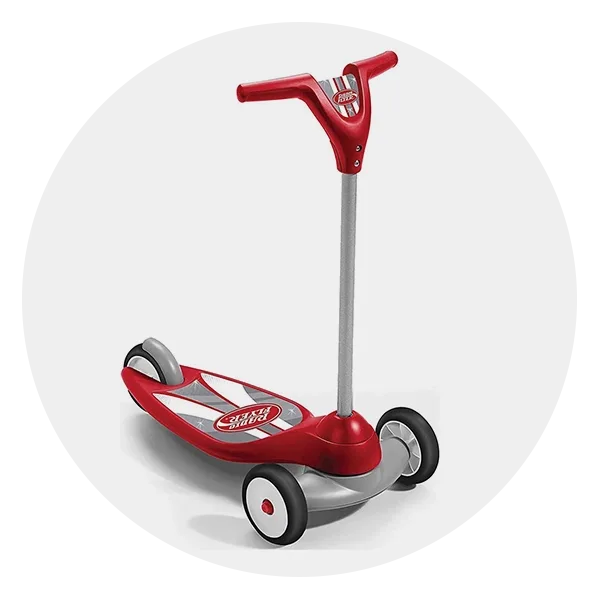 Radio Flyer My 1st Scooter Sport Three Wheel Scooter |  Globber Go Up Foldable Plus Lights | 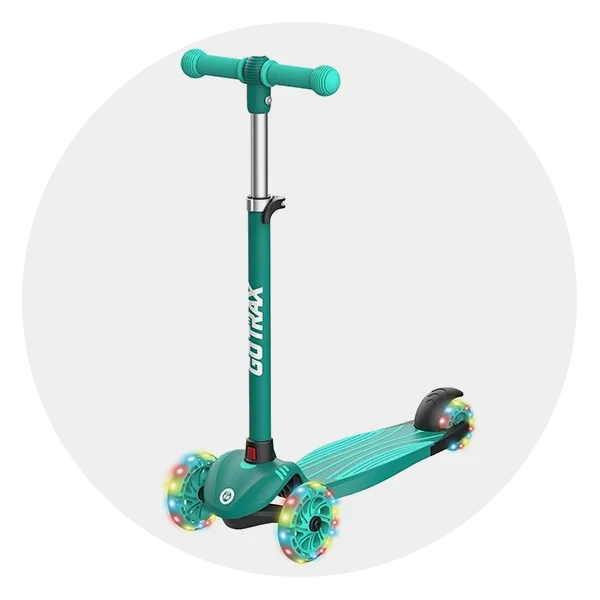 Gotrax KS1 Kids Kick Scooter |  Razor Rollie DLX 3-Wheel Light-Up Scooter |  LaScoota 2-in-1 Kids Kick Scooter | 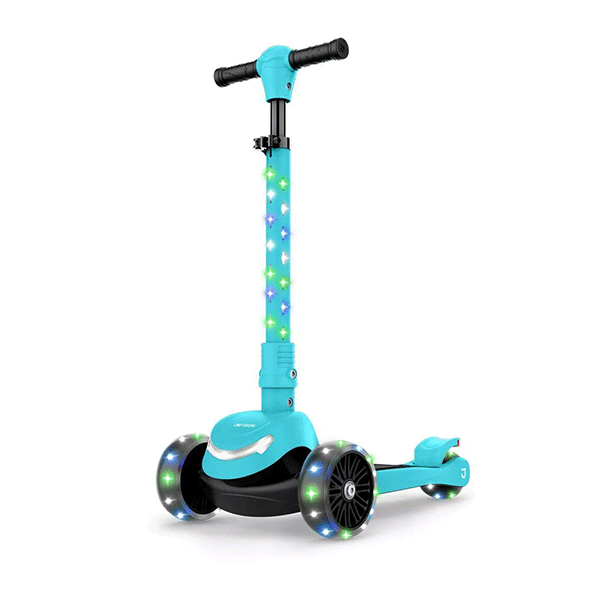 Jetson Jupiter Mini 3 Wheel Kids' Scooter | |||
| Price | $$$ | $ | $$$ | $ | $$ | $$ | $$ | ||
| Age range | 2-5 years | 2-5 years | 15 months to 7 years | 2-8 years | 2.5-4 years | 3-12 years | 3+ years | ||
| Dimensions | 11.8" (L) x 4.3" (W) x 10.2"(H) | 27.2" (L) x 19.7" (W) x 24.2" (H) | 23.6" (L) x 11" (W) x 30.3" (H) | 22" (L) x 11" (W) x 30" (H) | 21.86" (L) x 11.42" (W) x 27.56" (H) | 21.7" (L) x 4.7" (W) x 34" (H) | 22” (L) x 10” (W) x 22.5” (H) | ||
| Weight | 4.2 lbs. | 4.5 lbs. | 8.9 lbs. | 5.7 lbs. | 6.6 lbs. | 6.6 lbs. | 7 lbs. | ||
| Weight capacity | 75 lbs. | 50 lbs. | 110 lbs. | 100 lbs. | 44 lbs. | 100 lbs. | 132 lbs. | ||
| Foldable | |||||||||
| Buy NowRead Full Review | Buy NowRead Full Review | Buy NowRead Full Review | Buy NowRead Full Review | Buy NowRead Full Review | Buy NowRead Full Review | Buy NowRead Full Review |
It’s important to note that the AAP recommends that children under 16 should not operate or ride on motorized or e-scooters. Here are the three types of scooters that are suitable for toddlers:
- Ride-on scooter. A ride-on scooter is the best option for young toddlers who are still finding their feet. This type has a removable seat and adjustable handle bars. Children can sit on it and pedal with their feet until they’re ready to use it as a standing scooter. These convertible designs can also “come in handy when kids fatigue and may be seated to propel the scooter,” says Pamela Skinner, MSOTR, a occupational therapist clinical specialist at Hopebridge Autism Therapy Centers.
- Three-wheel scooter. A scooter with three wheels (two at the front and one at the back) is the best option for toddlers starting to learn how to ride a scooter, says Skinner. Why? This type generally has a wide, stable base, making it easier for toddlers to keep their balance as they scoot along.
- Two-wheel scooter. A two-wheel scooter—also known as a kick scooter—has one wheel at the front and one at the back. This is perhaps the most common type of scooter, especially for older tots with well-developed balance skills. “Two-wheeled scooters are more challenging to balance, which can be helpful for continuing to develop core strength and gross motor skills,” adds Skinner.
The best toddler scooters are cute, colorful, easy to use and—you guessed it—reliably safe. Here are the main safety considerations to keep in mind:
- Helmets. First and foremost, “children should always wear a helmet when riding a scooter,” says Skinner. Even if your kiddo is just standing on their scooter or riding it around the house, Skinner suggests that parents should encourage them to wear a helmet as “it helps build good habits and protects their head in case of accidents.”
- Protective gear. Tumbles and scrapes are inevitable, so all riders (big and small!) must wear protective gear when using a scooter. According to the AAP, protective wrist, elbow and knee pads should be worn—in addition to a helmet, of course.
- Age-appropriate designs. Always read the brand’s age and weight guidelines to make sure the scooter is suitable for your child’s developmental stage. “Scooters are not one-size-fits-all, so it is important to review weight limits and handlebar height,” explains Skinner.
- Adult supervision. Children under the age of 8 should always be supervised while riding a scooter. Skinner also reminds parents that some children may benefit from extra time and support when they’re learning to cruise on their scooters. This could look like “visual cues on the handlebars or deck, which can help them remember where to place their hands and feet and how to move them,” she says.
As per Skinner, “not all models will work for all children.” To find the best toddler scooter for your little one, keep their age and skill level in mind as you consider what features would best meet your child’s needs. For instance, “children with autism spectrum disorder (ASD) or other developmental delays that include decreased body awareness or low muscle tone may benefit from adaptive features,” explains Skinner. This could mean choosing a toddler scooter with a wider deck or tires to offer more balance and support, she continues. However, there are a few key features across the board that make up the best toddler scooters on the market—check them out below:
- Foot brake. A foot brake—also known as a rear fender brake—is a must-have safety feature for new riders. It’s positioned over the back wheel, making it easy to step on when kids need to slow down or stop.
- Steering system. Inexperienced riders can find it tricky to steer a scooter. The best toddler scooters have a “lean-to-steer” mechanism. Rather than moving the handlebars, toddlers lean in the direction they want to go to shift the wheels and turn the scooter. This steering system is easier for toddlers to grasp and can help prevent dramatic turns, which may result in falls.
- Durable wheels. Your little one is bound to hit some bumps in the road while they scoot, meaning wheels that can tackle uneven terrain are a must-have.
- Wide foot deck. A wider foot deck (or base) helps toddlers maintain stability and balance while they ride. The foot deck should measure between 3.5 to 5 inches wide to comfortably accommodate little feet.
- Adjustable handlebar. Although many scooters are marketed as toddler-friendly, very few have handlebars set at the right height for tots. For reference, the scooter handlebars should rest between the rider’s belly button and mid-chest. With this in mind, opt for a toddler scooter with adjustable handlebars that help the scooter “grow” with your child until they are ready for the next stage, recommends Skinner.
Not only are toddler scooters fun, but they can also provide an array of benefits. As their gross motor skills progress, “kids can learn more about body awareness, develop physical balance, strengthen muscles and increase coordination while riding a scooter,” explains Skinner. Toddler scooters can also provide opportunities for your tot’s social skills to flourish, as it offers a new way for them to interact with other children, says Skinner. What’s more, she continues, scooters can also benefit kids with sensory sensitivities. How? “Riding a scooter engages both the proprioceptive and vestibular sensory systems, and these movements can aid in regulation,” Skinner states.
About the writer: Martina Garvey is an editor at The Bump, where she writes and edits e-commerce content for pregnancy, postpartum and parenting. Over an eight-year career in educational publishing and digital media, Martina has developed a keen eye for detail and robust reporting skills. As a staff member on The Bump for over three years, she leverages an in-depth knowledge of must-have baby gear and postpartum essentials alongside a passion for the latest trends to create informative content parents can trust.
Plus, more from The Bump:
Pamela Skinner, MSOTR, is a occupational therapist clinical specialist at Hopebridge Autism Therapy Centers. She holds a master’s degree in occupational therapy from University of Indianapolis.
Healthy Children (AAP), E-Scooters Aren’t for Kids: AAP Urges Safety Rules, July 2019
Healthy Children (AAP), Summer Safety Tips: Staying Safe Outdoors, June 2017
Navigate forward to interact with the calendar and select a date. Press the question mark key to get the keyboard shortcuts for changing dates.


















